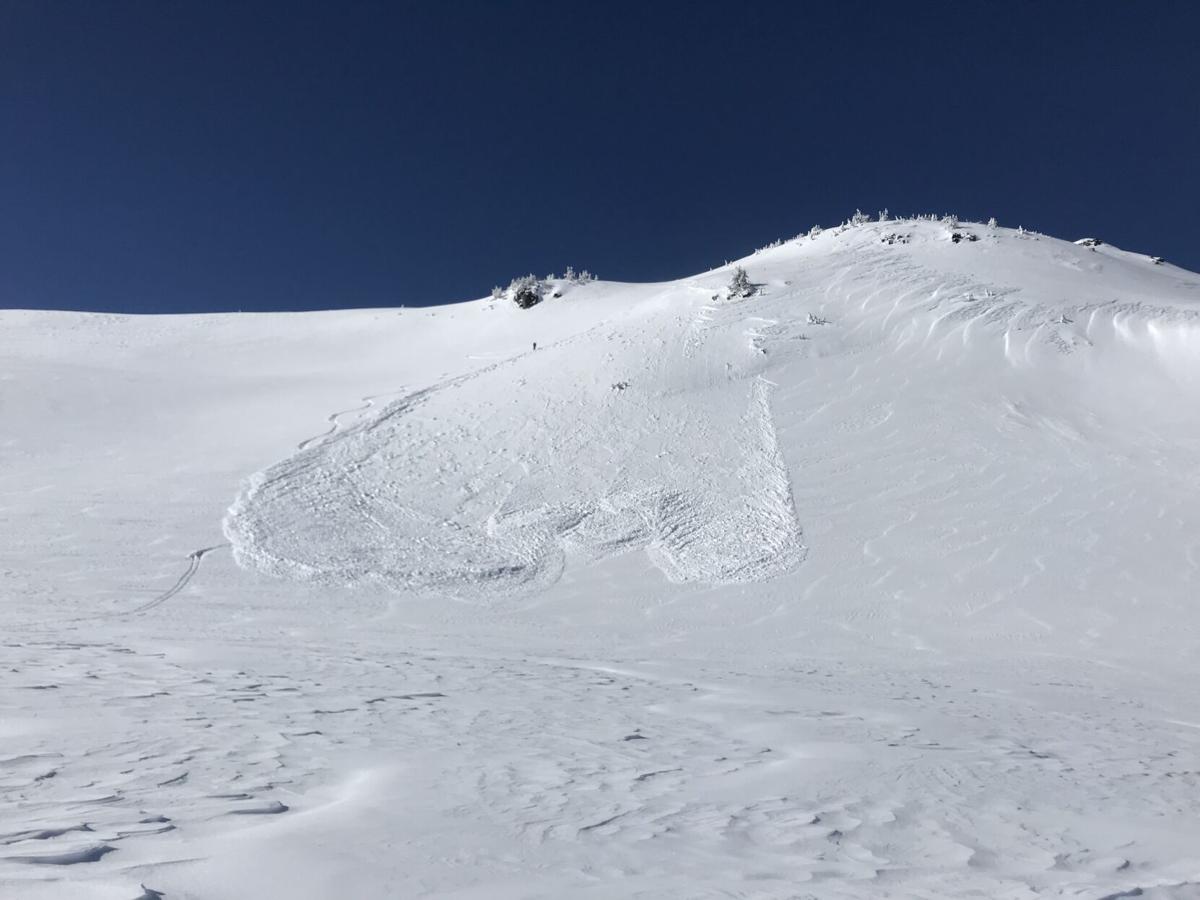
The Central Oregon Avalanche Center (COAC) is looking to expand its operation as more skiers and snowboarders head into the backcountry this season. Mt. Bachelor is requiring parking permits this season and Bend has been seeing a steady increase in population which will cause inexperienced backcountry skiers and snowboarders to head into the Central Oregon backcountry.

Currently, the COAC does not issue forecasts seven days a week. The COAC was founded in 2009 and posted two avalanche advisories per week with no hazard rating number. This classifies the COAC as a Type 2 avalanche center. This season, the COAC will be forecasting four days a week and looks to expand to seven days a week in the future. To become a Type 1 avalanche center, the COAC will have to forecast 7 days a week which will be achievable with more funding. For this season, this puts them between a Type 1 and a Type 2 avalanche center, making them what they refer to as a Type 1.5 avalanche center.

If you plan on entering the backcountry this season, checking the avalanche forecast should become a daily routine. Avalanche centers around the country provide backcountry skiers and snowboarders with much of the vital information they need to make educated decisions to help manage and mitigate risk. In addition to checking the avalanche forecast every day, be sure to get a proper avalanche education through an accrediting organization like the American Institute for Avalanche Research and Education.
Avalanche forecasters combine weather forecasts and field observations to create a forecast for specific areas that backcountry users can use and interpret. In the field, forecasters analyze the snowpack and the layers within it to find where weakness and instability could cause slopes to avalanche. Aaron Hartz, a ski guide and professional forecaster for the Central Oregon Avalanche Center, says most backcountry users get into trouble when the avalanche danger is considerable (level 3). It is enough to cause serious danger, but sometimes not enough for people to say no.

Hartz says the COAC is currently a lower-budget avalanche center. The more users donate to the organization, the more forecasting they will be able to provide. Funding for the nonprofit organization comes from COAC memberships at $40 per season. In one of Bend’s popular backcountry zones, Paulina Peak, the avalanche center hopes to install a weather station in the future to help provide a more accurate forecast. The four-person team at the COAC does their best to cover as many backcountry zones as they can, but much is dependent on the weather.

Central Oregon Backcountry Photos:


Just a couple corrections. COAC has been posting 2 avy advisories a week the last several years (no hazard ratings). The center has moved to 4 forecasts a week with hazard ratings for the 2020/2021 season. We remain a Type 2 center (or what we dub as Type 1.5). To classify as Type 1 we would need to be forecasting 7 days a week, which we hope to be able to achieve in the coming years based on adequate funding levels.
Hey Trevor! Thank you for reaching out and correcting me. I have made these changes in the article.
-Dominic